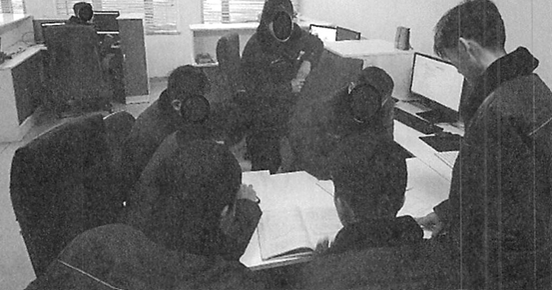In the Swiss Alpine resort of Kandersteg, officials have been closely monitoring a deteriorating mountain peak that towers above its picturesque homes and hotels, after a glacier collapse and massive rockslide buried a neighbouring village weeks ago.
The destruction late in May of Blatten, a village of around 300 people in the Loetschental valley, threw into sharp relief concern about the impact of melting permafrost as temperatures trend higher on Alpine mountain ranges.
Blatten was evacuated before a chunk of a glacier broke off, triggering a dangerous cascade of ice, earth and rock towards the village, in a manner similar to what Kandersteg has been preparing for.
"Of course, Blatten really upset us," said Kandersteg's mayor Rene Maeder. "It really gets under your skin. You're speechless when you see those images of the violence of nature."
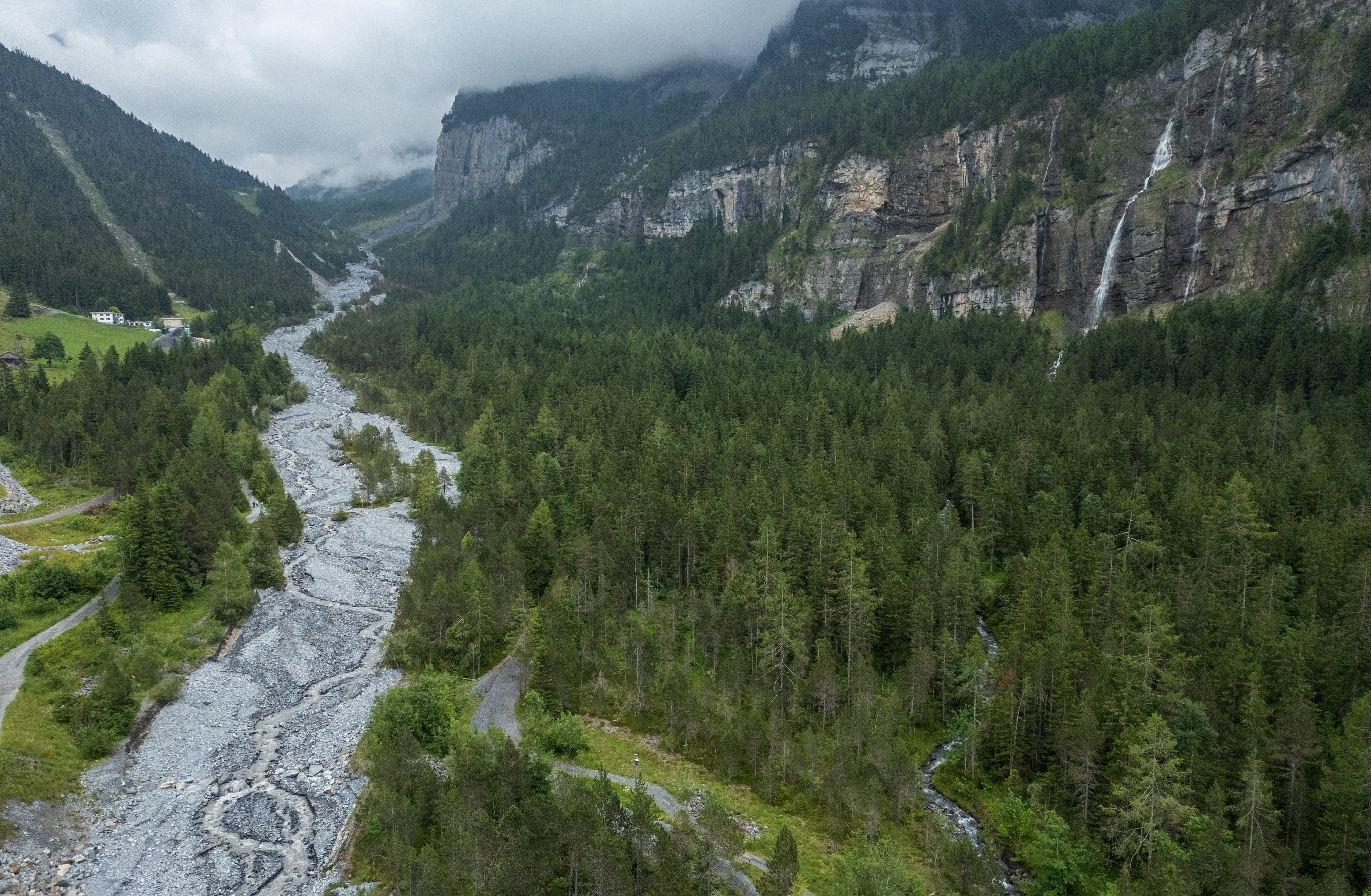
Still, Maeder was confident Kandersteg's dams and daily monitoring prepared it well to avert disaster, with researchers checking the mountain via GPS, radar and drone.
There has been a heightened threat of rockslides in Kandersteg since 2018, when paragliders noted that Spitzer Stein, a distinctive rocky peak crowning a lush Alpine landscape, was losing height and that bits had broken off it. That discovery made the village a testing ground for technology that monitors what some experts believe is the likely impact of climate change on the Alps, where thawing permafrost has weakened rock structures that were long frozen solid.
Seismic activity and geological instability are also risks for the region's mountains.
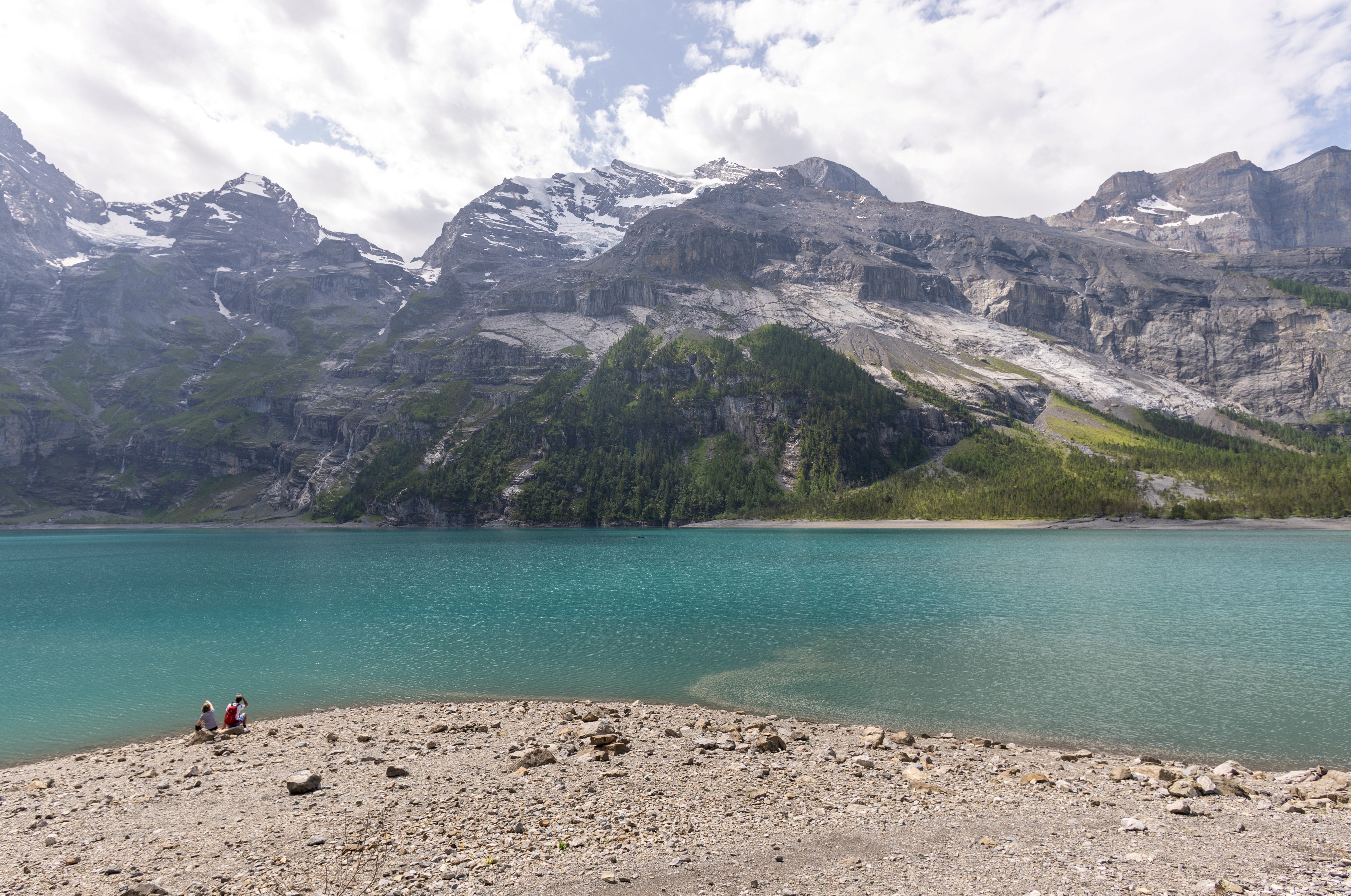
Kandersteg was a prime example of an area with historical structural instability that could be aggravated by many factors, including permafrost, said Robert Kenner at the Institute for Snow and Avalanche Research in Davos.
"What calmed down for about 3,000 years is now reactivated," he said.
Sensors monitoring GPS locations on the Spitzer Stein showed the mountain shifting by up to 70 centimetres (2.3 feet) a day, Maeder said.
In the event of major rock movement, residents should receive warnings at least 48 hours in advance.
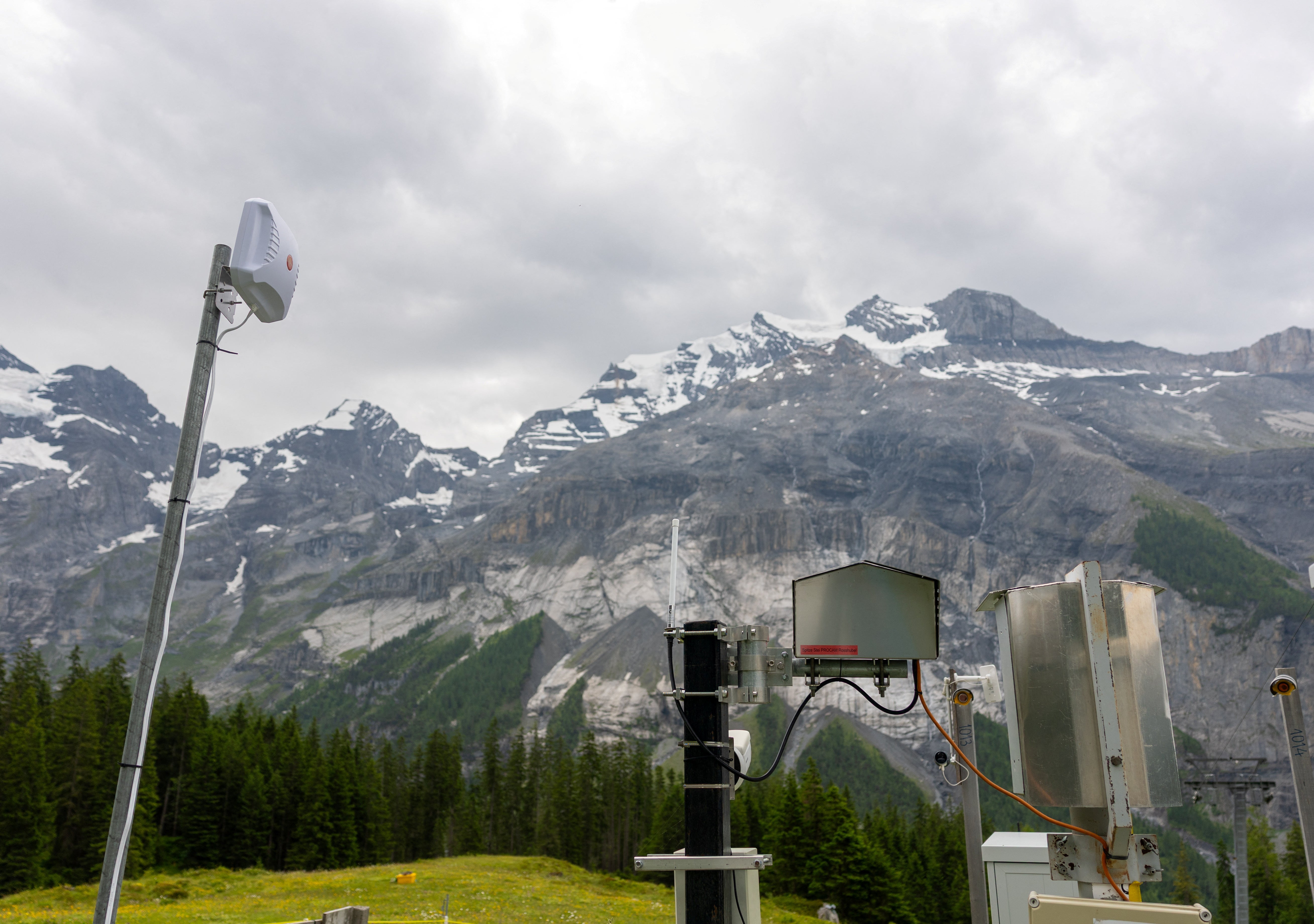
Blatten was evacuated 10 days before the deluge, which caused insurance losses of 320 million Swiss francs ($400 million), an initial estimate by the Swiss insurance association showed.
There are about 48 Swiss Alpine peaks of at least 4,000 meters (13,123 feet) in height, and several hundred at least 3,000 meters high.
In 2017, a landslide killed eight hikers in the southern village of Bondo, despite prior evacuations. Monitoring there has since been ramped up.
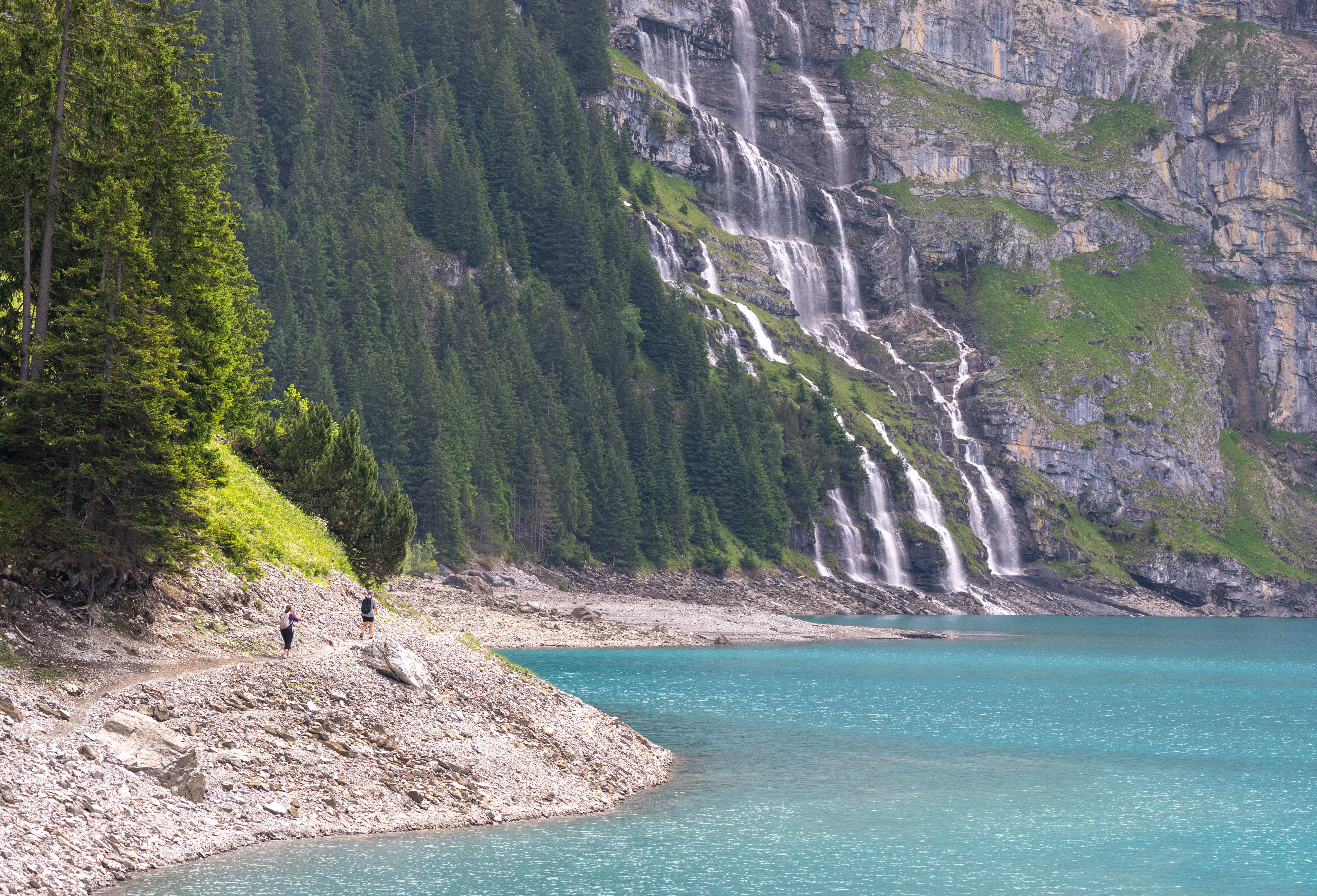
Kandersteg, with a population of about 1,400, has spent over 11 million Swiss francs ($13.81 million) on disaster preparedness, including dams to slow flooding, Mayor Maeder said.
Residents, who get regular updates on the mountain's movements via email and WhatsApp, have faith in the technology.
"We still sleep well," said Patrick Jost, head of Kandersteg's tourism office, whose home is one of the most exposed to a potential Spitzer Stein collapse.
He lives with his two children in the red zone, the village's most high-risk area, where no new construction is allowed.
A map of Kandersteg:
Despite the shock of Blatten, life is largely unchanged, including vital tourism, locals say.
Kandersteg will perform its first ever full evacuation drill next year, Maeder said, observing: "Blatten and Kandersteg, that's just the tip of the iceberg."
Residents like 77-year-old Rudi Schorer know they will have to move fast in an emergency, and have set aside identification details, spare clothes and a few belongings.
"These are ready in a suitcase at home," Schorer said. "That's what we were advised to do, and that's what we did."

 5 hours ago
2
5 hours ago
2








